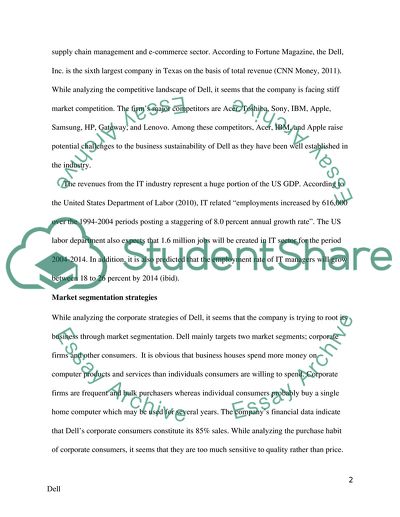Cite this document
(“Business and Institutional Marketing Coursework - 1”, n.d.)
Business and Institutional Marketing Coursework - 1. Retrieved from https://studentshare.org/marketing/1438044-business-and-institutional-marketing
Business and Institutional Marketing Coursework - 1. Retrieved from https://studentshare.org/marketing/1438044-business-and-institutional-marketing
(Business and Institutional Marketing Coursework - 1)
Business and Institutional Marketing Coursework - 1. https://studentshare.org/marketing/1438044-business-and-institutional-marketing.
Business and Institutional Marketing Coursework - 1. https://studentshare.org/marketing/1438044-business-and-institutional-marketing.
“Business and Institutional Marketing Coursework - 1”, n.d. https://studentshare.org/marketing/1438044-business-and-institutional-marketing.


